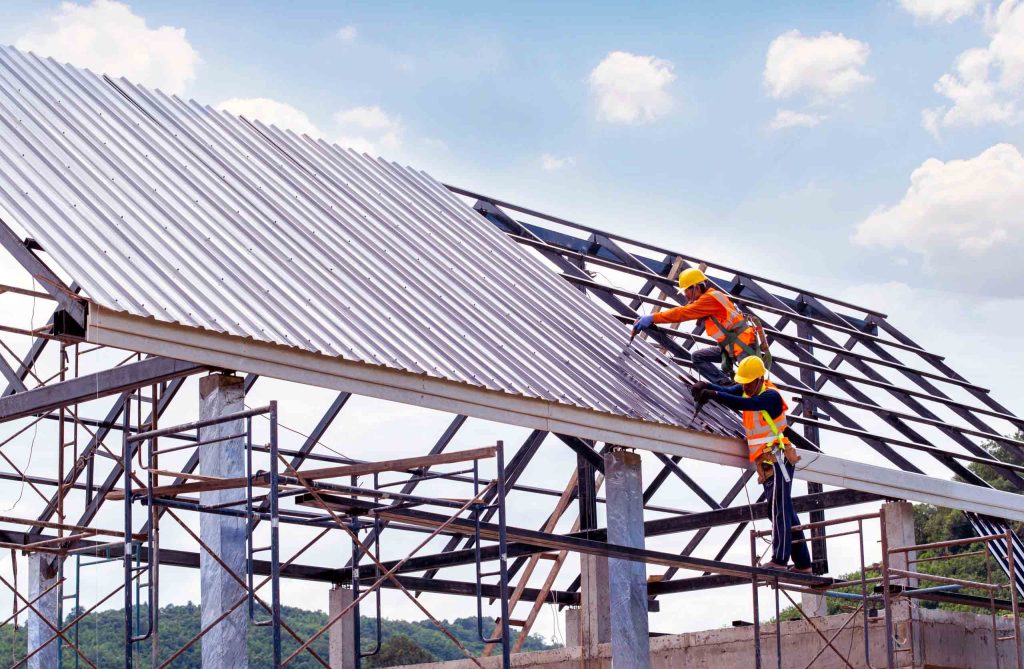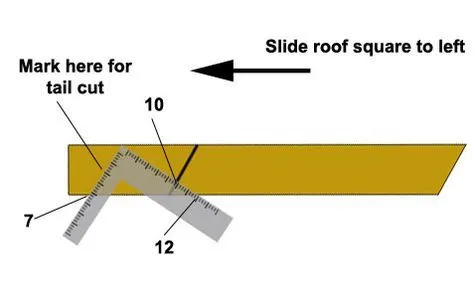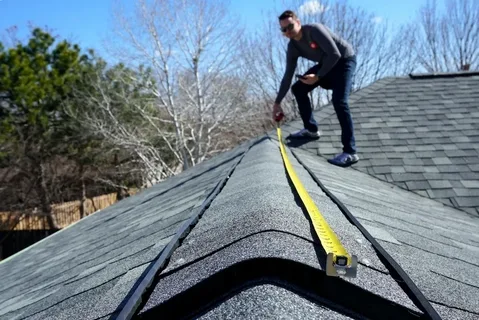
When it comes to commercial properties, a sturdy roof is paramount. Whether you own an office building, retail space, or warehouse, ensuring the integrity of your roof is essential for protecting your assets and maintaining a safe environment for occupants. In this article, we delve into the intricacies of commercial roof replacement, exploring its significance, process, and key considerations to help you make informed decisions for your property.
The Importance of Commercial Roof Replacement
Replacing a commercial roof is a significant investment, but one that yields invaluable returns in terms of safety, longevity, and cost-effectiveness. Here’s why it matters:
Commercial Roof Replacement: Investing in a durable and high-quality roof enhances the safety of your property, protecting it from weather elements and structural damage. A well-maintained roof also reduces the risk of leaks, mold, and other potential hazards, promoting a healthier indoor environment for occupants.
Understanding the Commercial Roof Replacement Process
Commercial roof replacement involves several crucial steps to ensure optimal results and long-term performance:
1. Roof Inspection and Assessment: Before initiating the replacement process, a thorough inspection of the existing roof is conducted to assess its condition, identify any underlying issues, and determine the most suitable replacement approach.
2. Material Selection: Choosing the right roofing material is paramount for achieving durability, energy efficiency, and aesthetic appeal. Options include asphalt shingles, metal roofing, EPDM, TPO, and PVC membranes, each offering unique advantages in terms of cost, longevity, and performance.
3. Tear-off and Preparation: Once the materials are selected, the existing roof is removed through a meticulous tear-off process, followed by thorough cleaning and preparation of the underlying structure to ensure proper adhesion and waterproofing.
4. Installation and Waterproofing: The new roofing system is installed with precision and attention to detail, including insulation, flashing, and membrane application to prevent water infiltration and ensure optimal weather resistance.
5. Quality Assurance and Maintenance: After installation, rigorous quality assurance measures are implemented to verify the integrity and functionality of the new roof. Regular maintenance and inspections are also recommended to preserve its condition and maximize lifespan.
Factors Influencing Commercial Roof Replacement Cost
Several factors influence the cost of commercial roof replacement, including:
1. Roof Size and Complexity: The size and architectural complexity of the roof significantly impact replacement costs, with larger or more intricate structures requiring additional materials, labor, and expertise.
2. Material Selection and Quality: The choice of roofing material, its quality, and durability play a crucial role in determining overall replacement expenses. While initial costs may vary, investing in high-quality materials can yield long-term savings through reduced maintenance and repair needs.
3. Labor and Installation Costs: Labor costs, including skilled labor and installation fees, contribute significantly to the total replacement budget. Complex installations or projects requiring specialized skills may incur higher labor expenses.
4. Roof Accessibility and Safety Requirements: Accessibility challenges, safety regulations, and logistical considerations can influence replacement costs, particularly for roofs located in hard-to-reach areas or requiring extensive safety measures.
5. Additional Features and Upgrades: Incorporating additional features such as insulation, drainage systems, or energy-efficient solutions can enhance performance but may entail supplementary costs during the replacement process.
FAQs about Commercial Roof Replacement Services in Connecticut
How often should a commercial roof be replaced? Commercial roofs typically have a lifespan ranging from 20 to 50 years, depending on various factors such as material quality, maintenance, and environmental conditions. It’s advisable to schedule regular inspections and assessments to determine the appropriate timing for replacement.
What are the signs that indicate the need for commercial roof replacement? Signs such as visible damage, water leaks, mold growth, sagging, or excessive wear and tear indicate potential roof issues that may necessitate replacement. Prompt action is essential to prevent further damage and ensure the safety and integrity of the property.
Is it possible to repair a commercial roof instead of replacing it? In some cases, minor repairs or maintenance procedures may suffice to address specific issues and prolong the lifespan of the roof. However, extensive damage or structural issues may require complete replacement to ensure long-term reliability and performance.
How much time does it take to replace a business roof? The duration of a commercial roof replacement project varies depending on various factors such as roof size, complexity, weather conditions, and material availability. On average, a replacement project can take anywhere from a few days to several weeks to complete.
What are the advantages of investing in a new commercial roof? Investing in a new commercial roof offers numerous benefits, including improved safety, enhanced energy efficiency, reduced maintenance costs, increased property value, and prolonged lifespan. Additionally, modern roofing materials and technologies offer superior durability and performance, ensuring long-term protection and peace of mind.
Are there any eco-friendly options available for commercial roof replacement? Yes, several eco-friendly roofing options are available for commercial properties, including cool roofs, green roofs, and solar roofing systems. These sustainable solutions not only reduce environmental impact but also offer energy savings, thermal insulation, and aesthetic appeal.
Final Thoughts
commercial roof replacement is a critical investment that safeguards your property, enhances safety, and ensures long-term durability. By understanding the process, cost factors, and benefits associated with roof replacement, property owners can make informed decisions to protect their assets and provide a secure environment for occupants.



